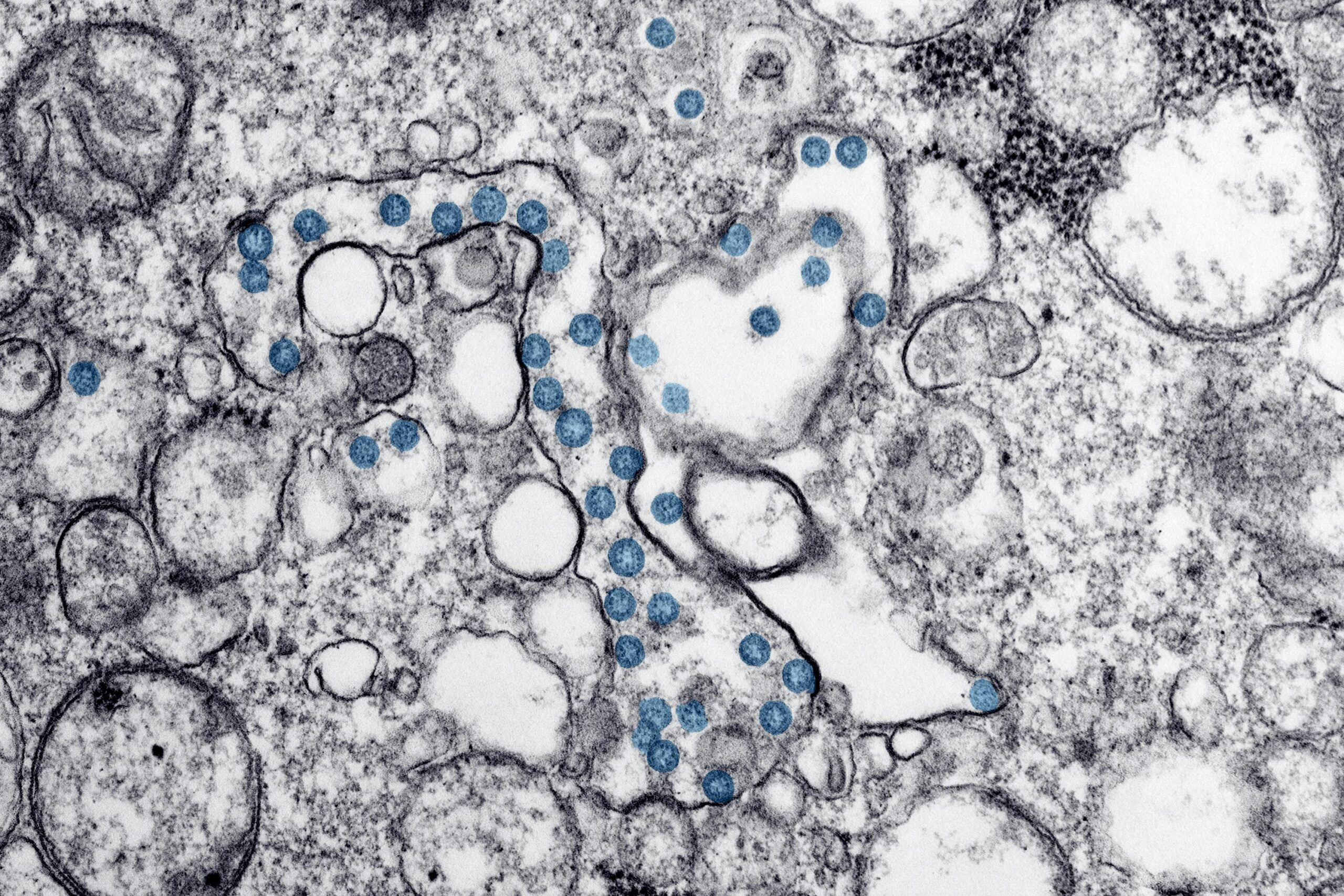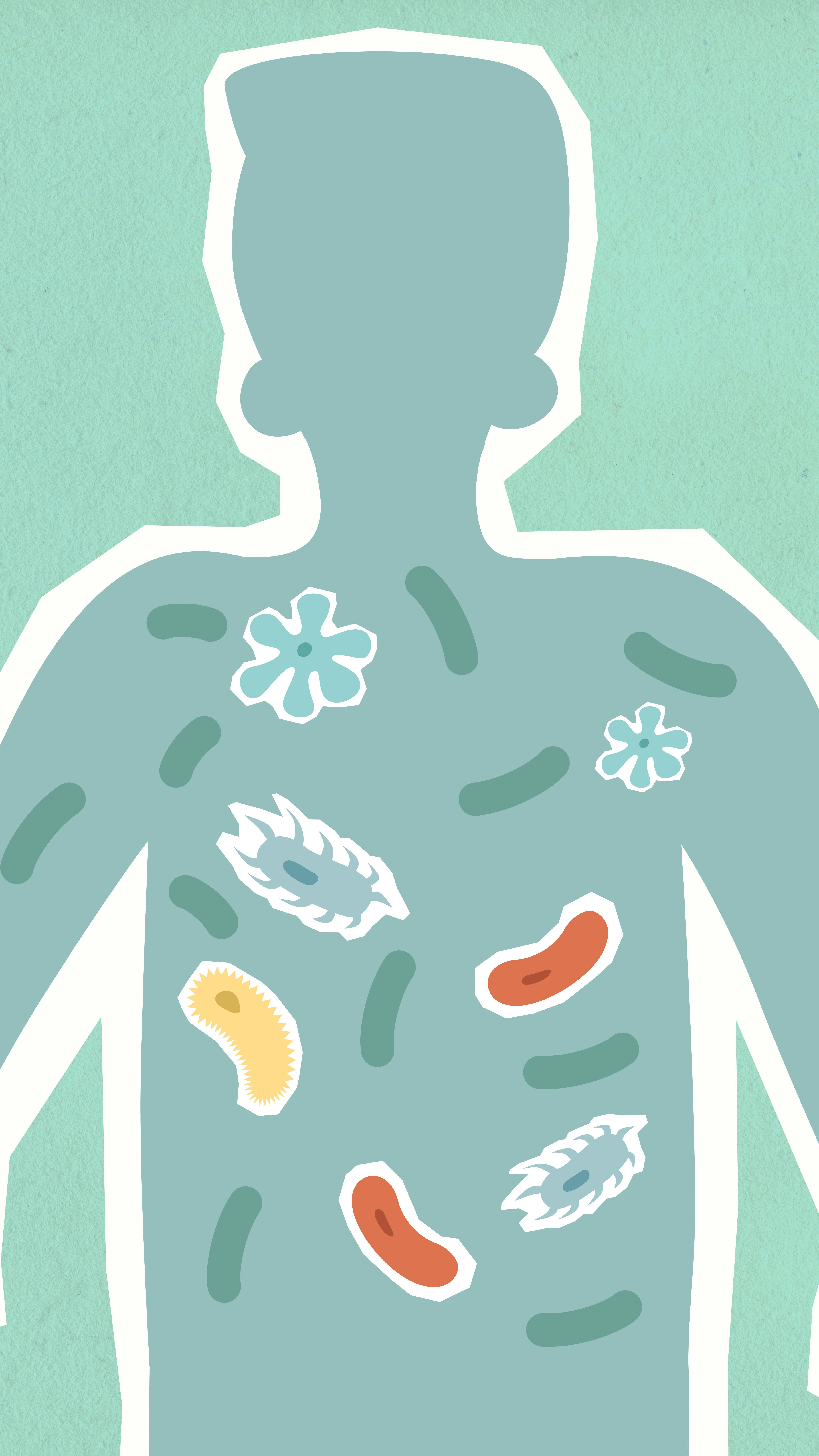Changing a dog’s diet also changes the community of microbes in its gut. But what is the timeframe for this microbial turnover? University of Illinois animal scientists have found the answer — less than one week.
Study co-author Kelly Swanson, a professor in human nutrition in the Department of Animal Sciences and the Division of Nutritional Sciences at the University of Illinois, says microbes make new chemical products within two days after dogs start a new diet. It then only takes six days for microbial communities to shift and stabilize.
“Metabolites change really quickly, within a couple days. Bacteria responsively metabolize and deal with the substrates they’re given in the new diet. Then it takes a few more days to sort out the microbial pecking order, if you will,” says Swanson in a university release. “Our data show everything stabilizes by day six, so animal nutrition researchers could confidently sample and find a stable microbiome within 10 days.”
For the study, scientists fed dogs a common dry kibble diet for two weeks before switching to new diets for another 14 days. Half the dogs ate a high-fat, high-protein canned diet, while the other half ate a high-fiber kibble. Researchers collected the dogs’ feces two days after the diet change and then every four days after that.
Scientists extracted microbial metabolites from each fecal sample and also identified bacterial species in the samples to show how the microbial community changed over time. For the first time, scientists correlated metabolites with bacterial species.
“Oftentimes, we feed a diet and collect the feces, but there’s kind of a black box in terms of what’s going on in the gut. We know what some bacterial species metabolize, but definitely a lot of it is unknown,” notes Swanson. “Our correlations are the starting point to connect some of the dots, but more targeted research still has to be done.”
Swanson says their findings may apply to microbiome systems in other mammals, especially those like pets and livestock that eat the same controlled diet daily. Even though bacterial species and strains may differ among dogs, people and other mammals, metabolite and species correlations may be similar across hosts.
Swanson adds their results support the guidance to shift to a new dog food brand gradually.
“People usually suggest moving pets over to a new diet over a seven-day period. Our study suggests the microbes can completely change over in that timeframe,” says Swanson. “When you switch diets, the body has to adjust, but the microbes have to change as well. If they’re not in a happy situation, you end up with loose stools or flatulence. So it’s probably good to do it a bit more gradually at home than we did in the lab.”
The study, which is published in the journal Animal Microbiome, was done in partnership with NomNomNow. The company has an extensive pet health and microbiome database.
“We’re really excited about the outcomes of this trial,” says Ryan Honaker, Nom Nom’s director of microbiology. “Understanding the microbiome is central to our efforts in improving pet health, and this study brings us another step closer uncovering how the canine gut actually responds to a new diet.”











